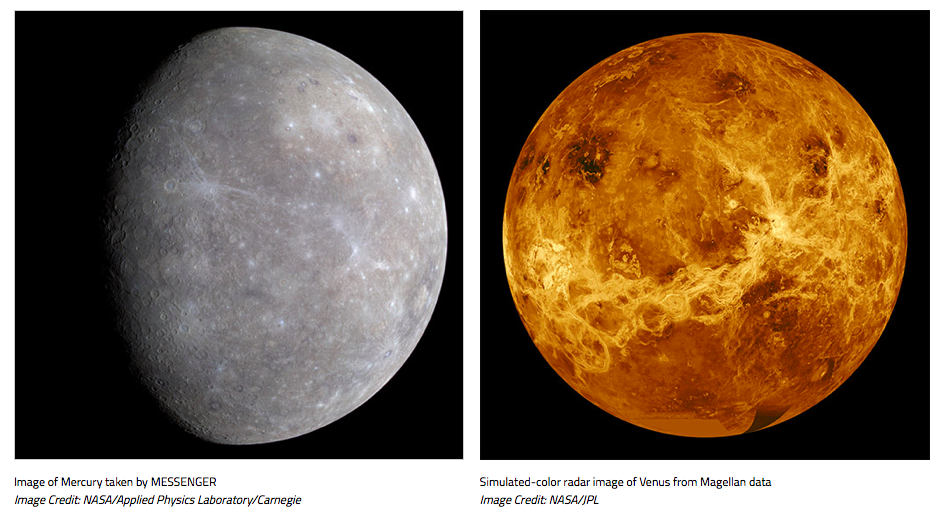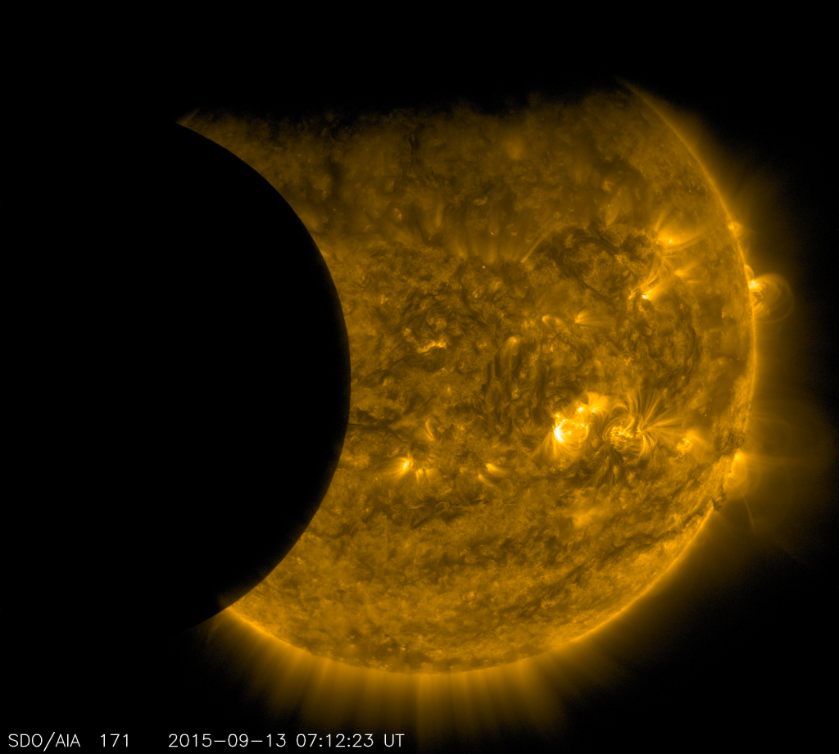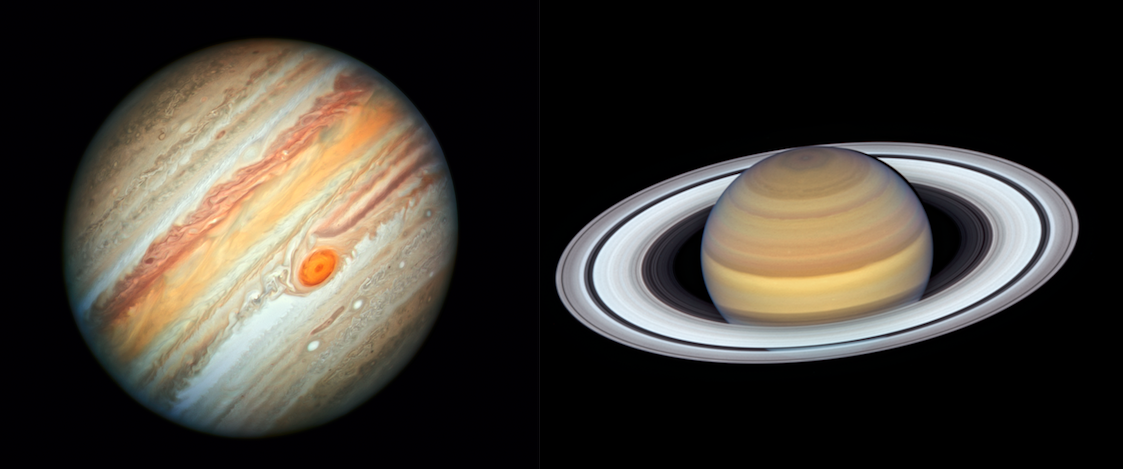This is a continuation in a series exploring correlations between the physical properties of celestial bodies and their astrological significations. This post focuses on the two planets between the Earth and the Sun – Mercury and Venus.
Mercury and Venus are closer to the Sun than we are, so the length of their orbit is different from our perspective (geocentric) than it is from the perspective of the Sun (heliocentric). Because astrology is focused on the planets as they relate to us here on Earth, astrology takes a geocentric approach.
Mercury
Mercury is the fastest planet, moving at approximately 29 miles per second while it orbits the Sun. With Mercury’s elliptical orbit, it takes approximately 88 Earth days to orbit the Sun. However, astrologically, from the perspective of Earth, Mercury stays within 28 degrees of the Sun at all times, so it takes approximately 1 year to return to a particular location in the zodiac. Relationships between Earth’s orbit around the Sun and Mercury’s orbit around the Sun cause the Mercury retrograde periods where Mercury appears to move backwards from our perspective 3 or 4 times a year.
An interesting thing about Mercury is that it rotates very slowly on its axis. One day on Mercury takes 59 Earth days, so anyone able to be located on Mercury would experience a year in less than 2 days! (as measured from the rotation on the axis). However, the night and day cycle, the solar day, would be even longer than that. From some parts of the surface of Mercury, the sun appears to set after it first comes up, then it actually rises after that. The same thing happens in reverse when the sun sets in the evening. The solar cycle day (day-night) takes 176 Earth days on Mercury. So one solar cycle takes approximately 2 years! (from the perspective of Mercury)
When I read about these relatively long days, it made think more about Mercury’s significations as the “Messenger” between realms. I always associated that with the fact that Mercury stays tied with the Sun (from our perspective), and I still think that’s part of it. However, I’m also thinking of the idea that time would pass differently in other realms. A human lifetime, or even the lifetime of our institutions, would seem to be a very short period of time for an eternal being. A Messenger passing back and forth would experience the fast and the slow in a way that could feel like a day starting and stopping and starting again.
This contrast between a very fast year and an oddly slow day also makes me think of the workings of logic and communication. Sometimes our thinking is very quick, possibly even too quick to patiently articulate or apply. Other times, our logical mind can feel very slow, making progress and falling back as we struggle to figure something out. It’s interesting that both of these states can be correlated to Mercury.
Venus
Venus takes 225 Earth days to orbit the Sun and this orbit is a nearly perfect circle. From the perspective of Earth, Venus always stays within 48 degrees of the Sun, so it takes Venus approximately 1 year to return to a particular location in the zodiac. Venus has a retrograde period every 18 months or so, where it appears to move backwards due to relationships between Earth’s orbit and Venus’ orbit.
Venus is hotter than Mercury even though Mercury is closer to the Sun. This is because Mercury has a thin exosphere and no atmosphere, while Venus has a thick atmosphere with many layers of different temperatures. I feel like there is a correlation with astrological significations here even though people don’t think of Venus as a hot planet. Mercury is associated with communication and logic – it prefers to be upfront and uncomplicated. It is quick-thinking and light, not smothered by an oppressive atmosphere. Venus is associated with appearances and luxury and diplomacy – more nuance, more layers. The planet Venus has a lot going on under the clouds including “volcanoes and deformed mountains”. The clouds themselves are acidic and the clouds at higher levels are continuously subject to hurricane force winds. The astrological Venus is associated with ease and grace and usually thought of with benevolence, but the key for Venus is exploring what we value and how we value ourselves. I feel like the physicality of Venus brings an interesting dimension to this, because exploring value and self-acceptance can reveal a complicated landscape for many of us.
An interesting thing about Venus is that it has the longest day of any planet in our solar system. Venus completes one rotation on its axis every 243 days – that’s longer than Venus’ year! Because of this slow rotation, Venus’ magnetic field is weaker than the one we have here on Earth. The long day makes me think of Venus’ role to ask us to slow down a bit and appreciate the good things in life – the sensual pleasures, the long sumptuous meal.
Another interesting thing about Venus is that it rotates in the opposite direction of most planets. Venus and Uranus both rotate from East to West, so the sun rises in the West and sets in the East. Because Venus rotates in the direction opposite of its orbital direction, one solar cycle day (day-night) takes 117 Earth days – less than half of its day! These interesting oddities make me realize how shallow my thinking has been where Venus is concerned. I’m looking forward to continuing to think about her more!
References:
NASA Mercury Overview
NASA Mercury In Depth
NASA Venus Overview
NASA Venus In Depth




